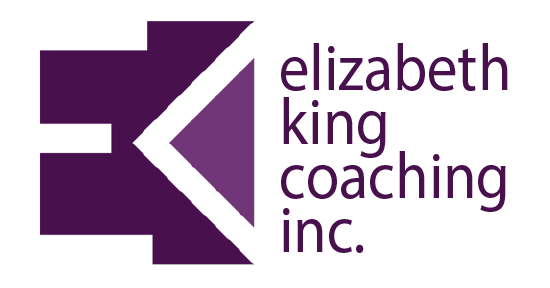Creativity: What Is It, Anyway?
People talk about creativity in all sorts of contexts—it’s used in reference to everything from ”scrap booking” to advertising, sculpture to physics, writing to teaching.We know the value of creativity. We know its fruit when we see it.
But we’re so loose with our application of the word that sometimes I wonder if we really know what it is.When we’re bombarded with caveats to be creative by everyone from Sandra Lee on “Semi-Homemade” to Tony Robbins, it would be wise to be sure we’re all talking about the same thing. Knowing exactly what creativity is is the first step to finding it and fostering it in our own lives.I think when many of us talk about creativity, we think of the creative idea as something elusive and removed from “the regular stuff of life,” so to speak.
In other words, we associate creativity with an “otherness” that gives the impression that the creative idea isn’t grounded in anything in particular—like it’s floating around out there and we have to find it (or worse, invent it).
Fortunately, creativity is not the act of make something out of nothing. In fact, I particularly liked opera singer Dan Klein’s explanation of creative work: "Creativity is the ability or process in which someone identifies the rules or traditions of a set paradigm and then goes about interpreting, breaking, or bending them to bring about a new or previously unexplored connection."This comes as a great relief to me, because, unless you’re the Originator of the Big Bang, those moments of utterly noncontextual creation are pretty few and far between.
It’s great news: creativity doesn’t come from nothing. New creative ideas are grounded in ideas and knowledge you already have.
Simply understanding that creatively solving problems is making new connections between older ideas can kickstart your creative process and help you develop your creative capacities, no matter what you’re working on. It’s absolutely something you can cultivate.
For fun, practice drawing connections between two seemingly unrelated people or objects using the knowledge you already have. Or, consider comparing an object and a person, like your spouse and your coffeemaker. The point is simply to start you thinking about things carefully, so that you take the time to really assess what you know about each object or person. Creativity is often found in the overlooked details.You may also want to play with the effects changing a routine has on your thinking, like driving to the grocery store on a different route or eating something unusual. Alternately, there is scientific legitimacy to the Eureka phenomenon many people experience when doing things habitually--those activities that we do without thinking about them--like showering or mowing the lawn, so making an effort to preserve those moments may amplify your ability to subconsciously make new connections. (Thank you, Archimedes.)It’s the same attention to detail that we’d use to compare objects and people that we use to think creatively about resolving issues as large as education of girls, hunger, and homelessness.The benefits of developing your ability to draw connections and strengthen your creative mind are twofold. First, better creative thinkers experience enhanced problem-solving skills, which naturally promotes work productivity, life, and relationships. Second, seeing connectivity allows you to more adequately assess connections being presented to you. Your creative mind sharpens your analytical capacities—you’ll know when you’re being presented with inaccurate or incomplete information.Truly, creativity is the natural reciprocal of critical thinking.




